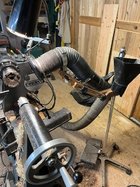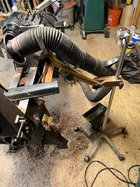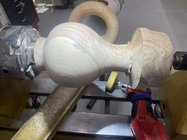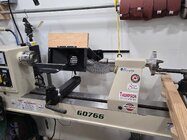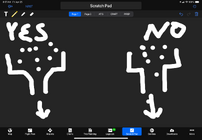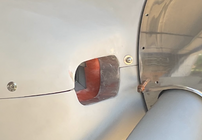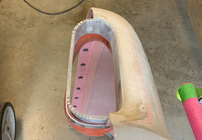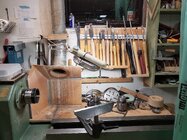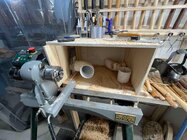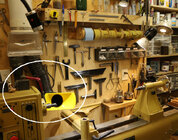I am moving from a Nova galaxy DVR lathe to a Robust American Beauty and the way I had my dust collector port next to the Nova will be less than ideal for the Robust AB. I will need a bit more flexibility to move the port along the bed with the AB than with the Nova.
Currently I have a computer monitor stand bolted to the wall and it works well with the Nova but the AB the swing just isn't going top allow for enough movement.
Do any of you have some ideas (perhaps with Photos) of how you handle your dust collector at the lathe.
I'm looking for ideas.
Thank you
Currently I have a computer monitor stand bolted to the wall and it works well with the Nova but the AB the swing just isn't going top allow for enough movement.
Do any of you have some ideas (perhaps with Photos) of how you handle your dust collector at the lathe.
I'm looking for ideas.
Thank you


